AO Edited
Bannerman's Castle
Collapsing castle on the Hudson river was once the storage site of military surplus business.
About 50 miles north of New York City, and only a thousand feet from the Hudson River’s eastern shore, there is a small, rocky island named Pollepel. On it stands what appears to be a crumbling Scottish castle. It is indeed the remains of an empire.
Francis Bannerman was born in Dundee, Scotland in 1851 and immigrated to the United States at the age of three. While living and attending school in Brooklyn, New York, Francis began collecting and selling scrap from the harbor. In 1865, at the age of 14, Francis founded his own company to sell military surplus goods.
The business, called Bannerman’s, went from selling scrap metal and munitions, to full ships that Francis purchased at Navy auctions. Some notable merchandise sold by Bannerman included cannons from the Battle of Yorktown, unopened crates of Civil War uniforms, and relics from Admiral Perry’s expedition to the Arctic Circle. His customers ranged from the early American film industry to Buffalo Bill. Entire U.S. Army regiments bought from Bannerman during World War I. It is estimated that 50% of the commemorative cannons placed in public areas throughout the United States were purchased through Bannerman’s.
With an appetite for growth, Bannerman bought 90% of the US army surplus after the Spanish-American War, some of which was salvaged from the sunken USS Maine. So much equipment and ammunition was acquired in this transaction that city laws forced the businessman to look for storage outside of city limits. Fortunately for Bannerman, his son David happened across Pollepel Island while canoeing on the Hudson. In 1900, the family purchased the island as a safe storage site and, a year later, construction began on a Scottish-style castle and residence.
The designs for the elaborately decorated buildings were drafted by Bannerman himself, but the constructors were allowed to interpret these designs on their own. Nearly all of the construction was completed without professional help from architects, engineers, or contractors. Although most of the buildings served as storage for the business’ inventory, a smaller castle on the top of the island was built as the family’s summer home. While Mr. Bannerman took to decorating the home with items from his surplus collection, Mrs. Bannerman beautified the paths and terraces with flowers and other plants, some of which can still be seen today. With the words “Bannerman’s Island Arsenal” cast in large type on the castle’s side, the building was also a giant advertisement for the business, and is still visible to train passengers on the Metro-North Hudson line.
Construction halted with Bannerman’s death in 1918, and the island has experienced a turbulent history since then. Just two years later, 200 pounds of shells and powder exploded, destroying a portion of the complex. Nevertheless, the family continued to use the residence through the 1930s. Disaster struck again in 1950 when a squall caused the sinking of the ferryboat Pollepel, which serviced the island.
In 1957, the property’s last superintendent retired and the island was left vacant for the next three decades, despite being sold to the state in 1967. A devastating and suspicious fire burned for three days in the summer of 1969, leaving much of the structures in ruins. Vandals, trespassers, and negligence have all contributed to the island’s current state of decay.
Since the early 1990s, however, the Bannerman Castle Trust has worked for the preservation of the island so that the public may appreciate it for its cultural and historical value. The organization aims to stabilize the remaining structures, all of which have lost their internal floors and non-structural walls. Today, hard hat walking tours are given by Castle Trust historians from May through October.
Know Before You Go
Call 845-220-2120 for ferry reservations. Kayak tours are also available through Hudson Valley Outfitters: 845-265-0221.
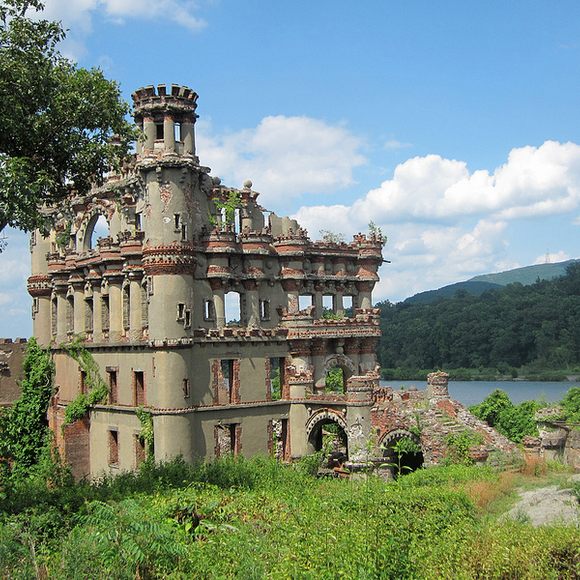



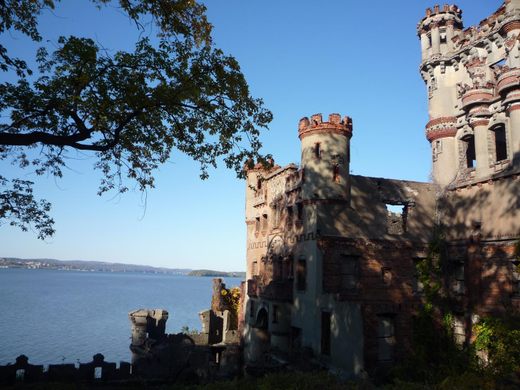



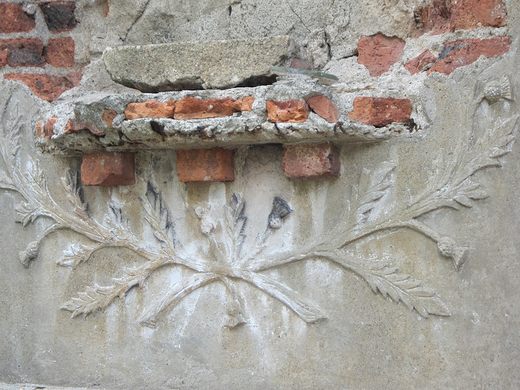

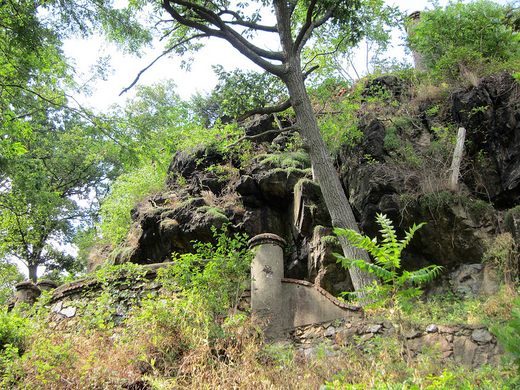


































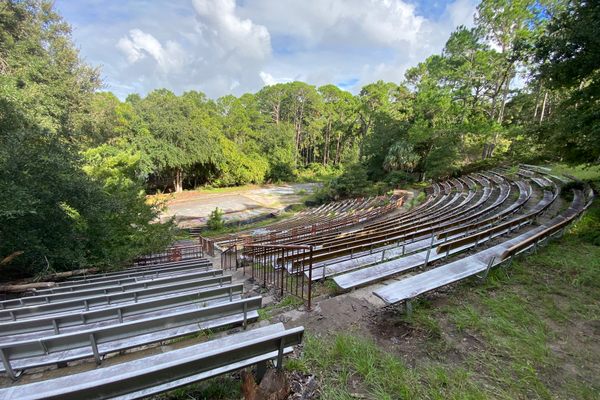
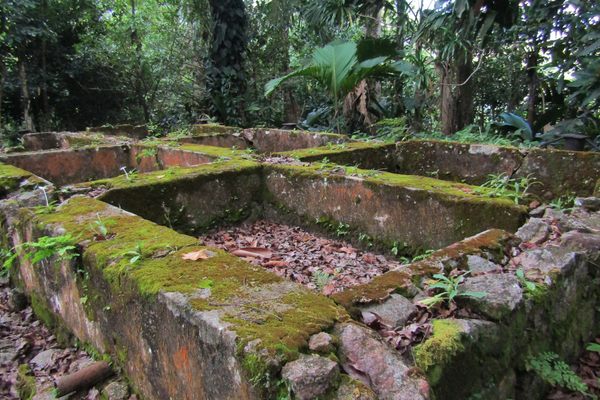



Follow us on Twitter to get the latest on the world's hidden wonders.
Like us on Facebook to get the latest on the world's hidden wonders.
Follow us on Twitter Like us on Facebook